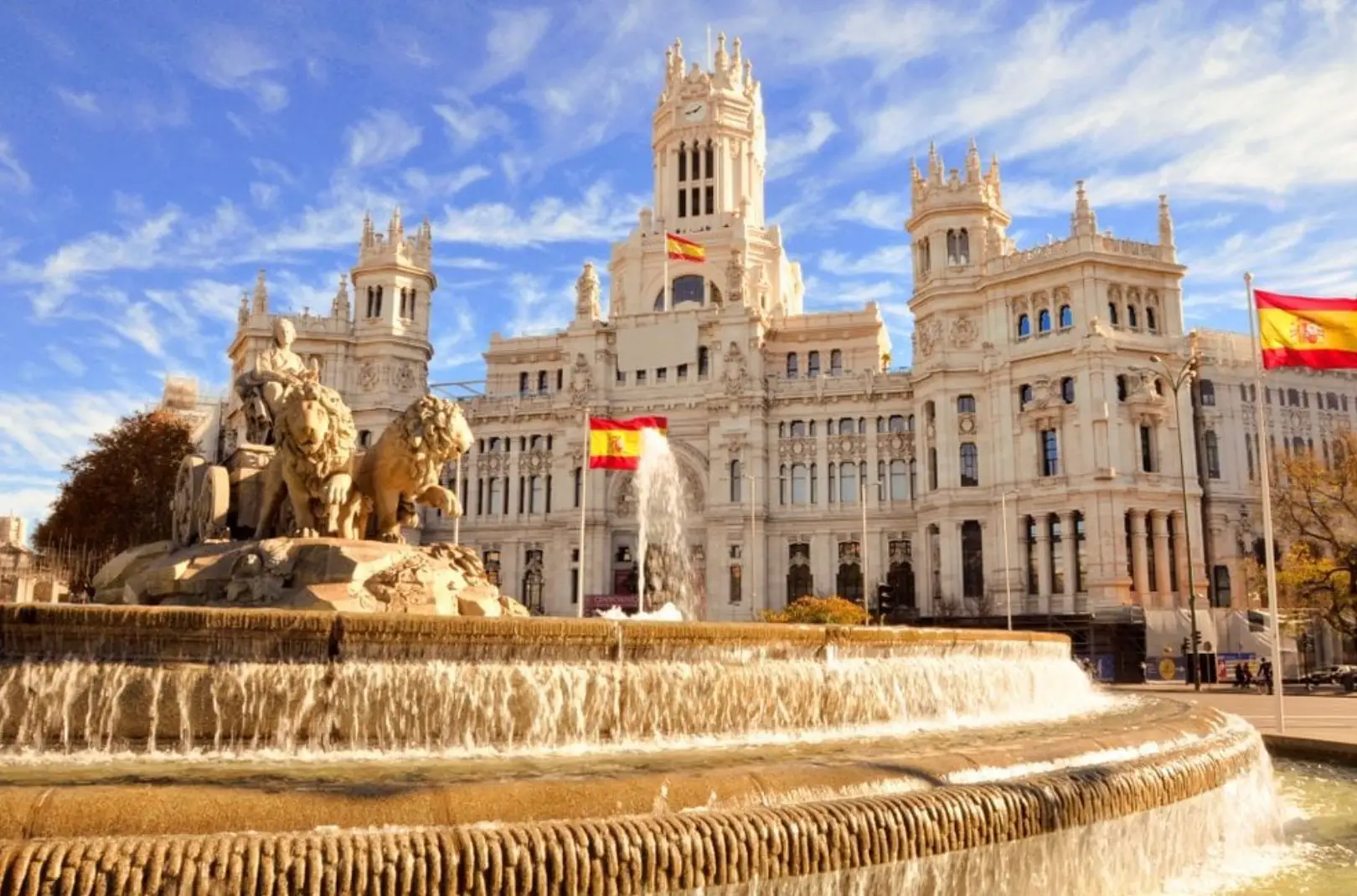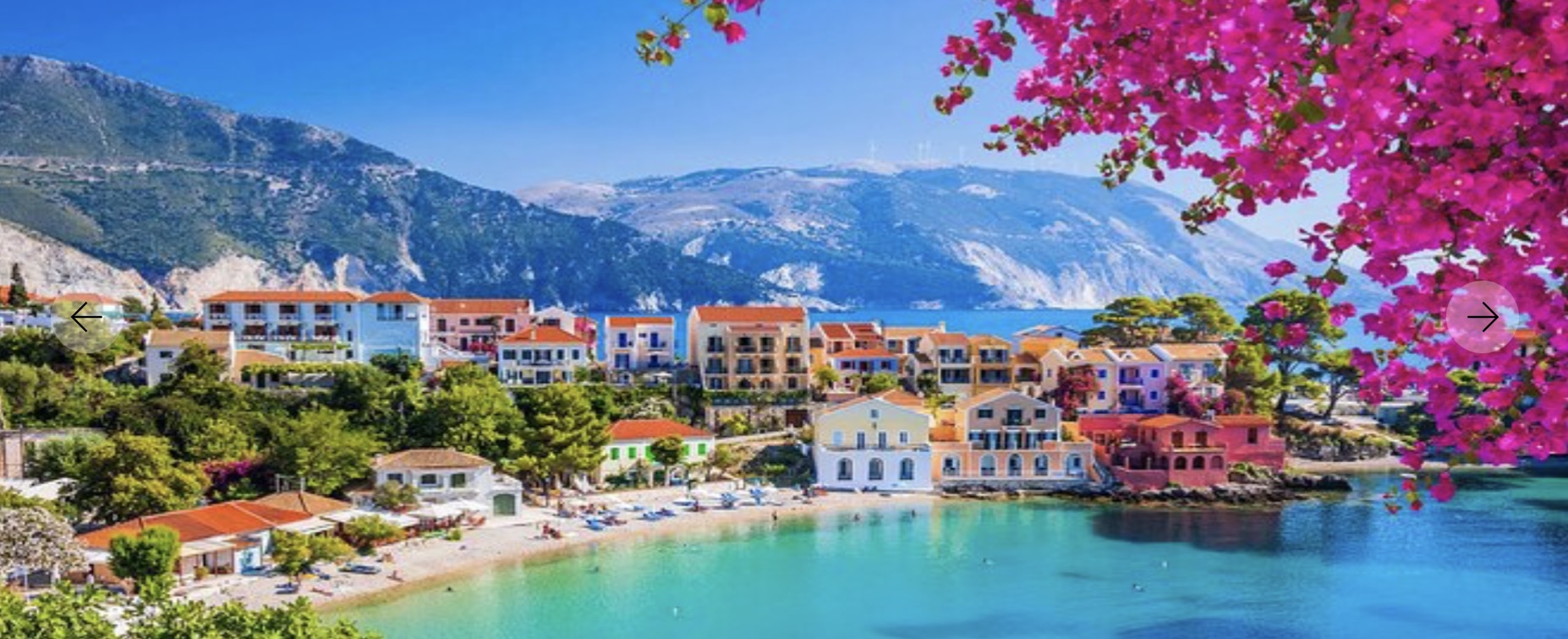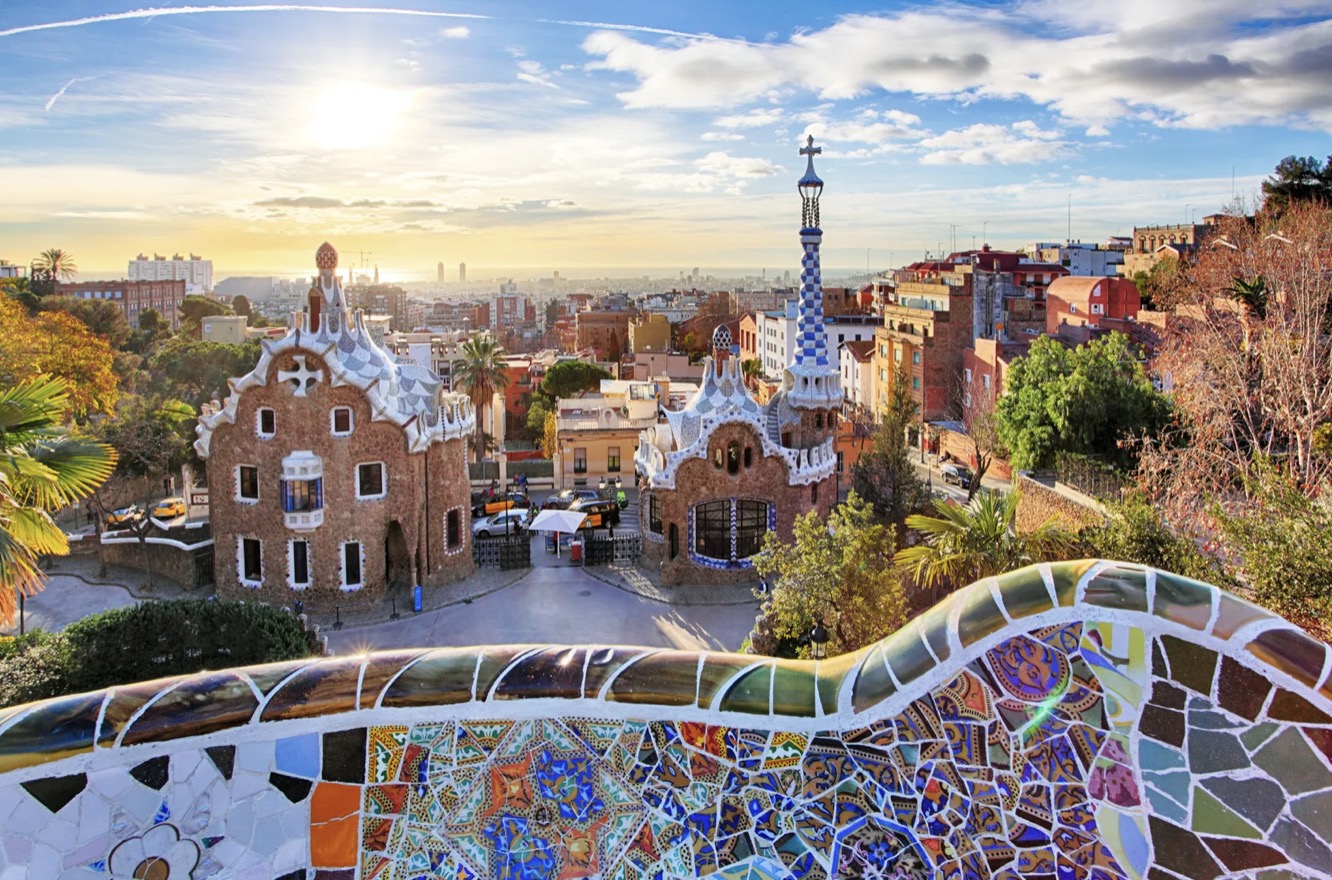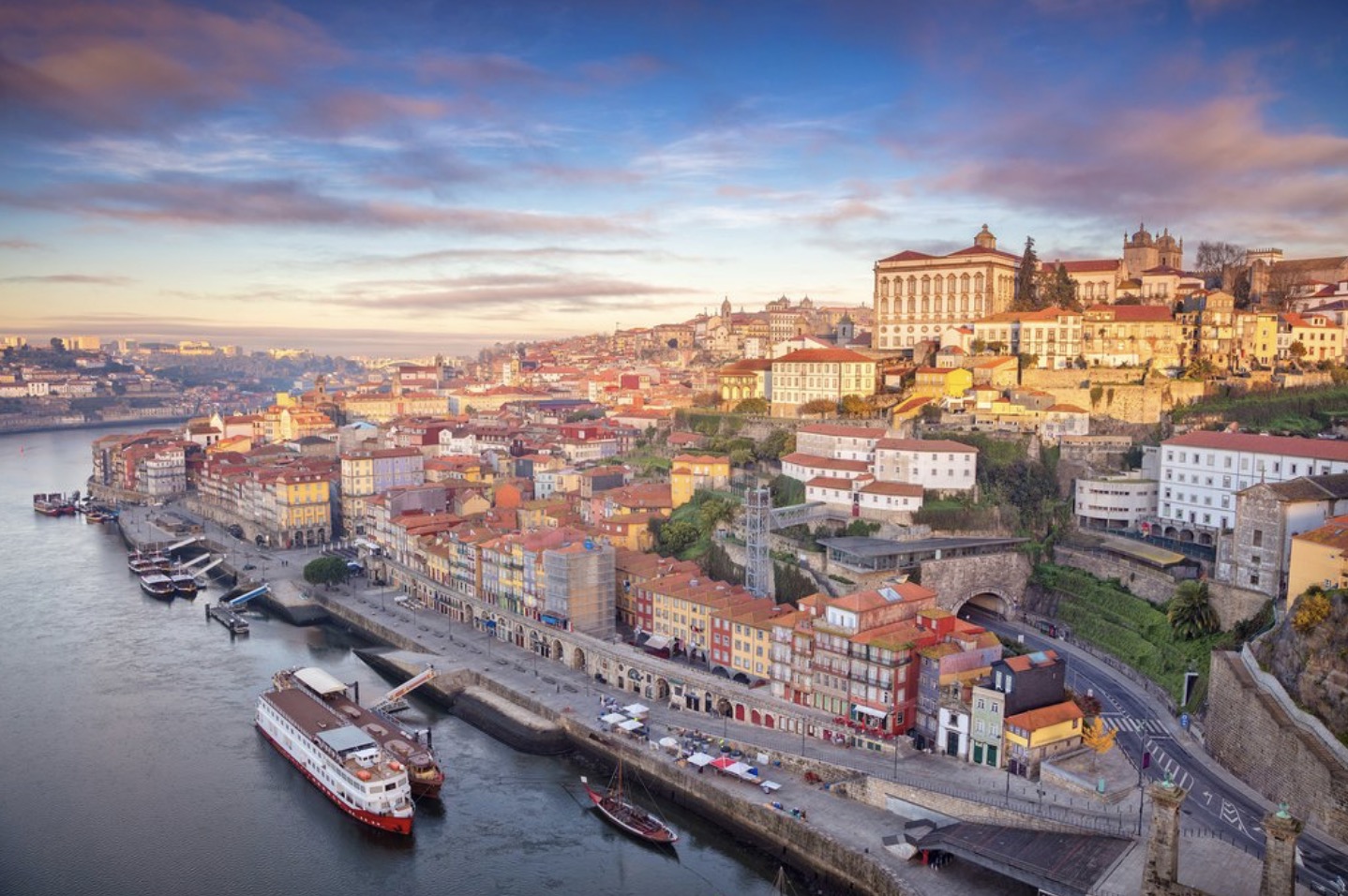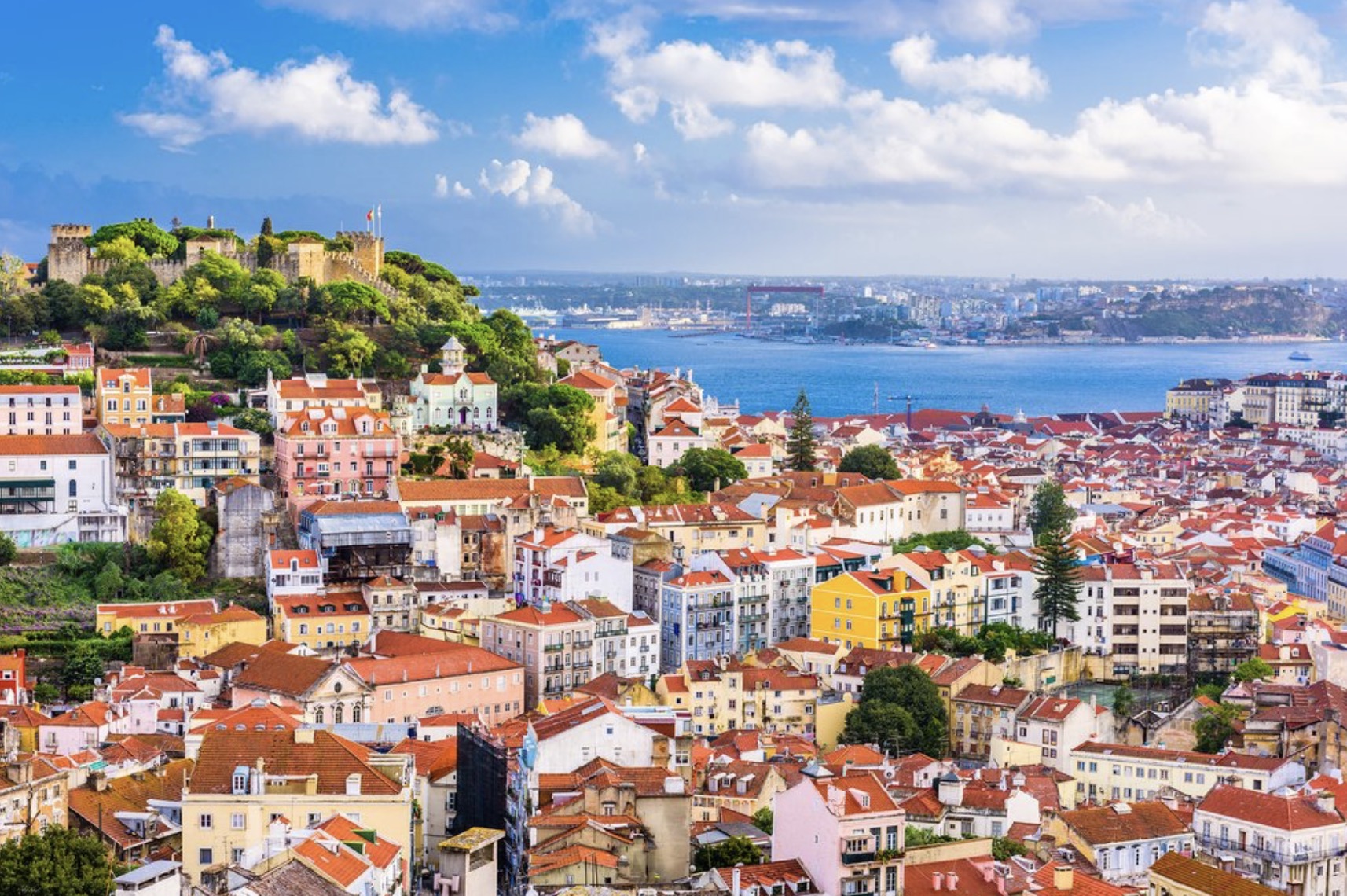Education system in Spain
Currently, the education system in Spain is based on four main levels:
1) preschool education – Educación Infantil;
2) primary education – Educación Primaria;
3) secondary education:
compulsory secondary education – Educación Secundaria Obligatoria;
bachillerato – Bachillerato;
4) higher education – Education superior.
Preschool education in Spain (Educación Infantil)
The education system in Spain begins with preschool education for the youngest, which is not defined as compulsory, is free in public institutions (education for children from 3 to 6 years old is guaranteed free in public institutions) and paid in private ones. It can be divided into two stages:
• for children from 0 to 3 years;
• for children from 3 to 6 years old.
Compulsory schooling in Spain (Educación básica)
Basic school education is compulsory in accordance with the current legislation of the country. Like preschool education, it can be free in public institutions and paid in private ones.
The country’s education system is under the control of the Spanish Ministry of Education. It is the state that monitors the quality of education, sets standards for the number of teaching staff, the number of students in a class, approves methodological programs, controls funding issues, etc. Students receive compulsory education in Spain in all types of colleges from 6 to 16 years of age in two stages:
- initial stage (educación primaria). For children from 6 to 12 years old, divided into 3 cycles of 2 years each: initial cycle (6–8 years), middle cycle (8–10 years), higher cycle (10–12 years);
- second stage (educación secundaria obligatoria). Completes basic education for students aged 12 to 16 years. Upon completion of the program, the student receives a high school diploma.
Bachillerato
Bachilerato is not a compulsory, but a voluntary level of education. Studying at this stage is chosen mainly by those students who plan to continue their studies in higher educational institutions. The second year of bachillerato involves the student choosing the main area of specialization: exact sciences or humanities and social sciences, art. The final exams in the bachilerato are entrance exams to the university. Under the competitive system of admission to universities, graduates with a high final average score have significant advantages when choosing a university. Studying in Spain for bachilerato begins at the age of 16, i.e. after completing basic school education.
Specialized training in Spain takes place in 3 areas:
– art (Artes) (visual arts and design (Artes plásticas imagen y diseño) or performing arts, music and dance (o Artes escénicas, música y danza);
– science and technology (Ciencias y Tecnología);
– humanities and social sciences (Humanidades y Ciencias Sociales).
Students are transferred from course to course only if they successfully pass all exams. It is possible to fail 2 subjects with the possibility of retaking the course and postponing the exam to the next session. Failure to pass 4 or more exams will result in the student automatically leaving the student for the second year.
A graduate who successfully passes all final exams receives a diploma of complete secondary Spanish education (Título de Bachiller, “Bachelor”). This diploma entitles you to higher education in Spain.
Higher education (Educación superior).
Higher education in Spain has three cycles. Each cycle ends with passing exams and awarding the appropriate degree.
Spanish universities are divided into three categories:
State (forty-three universities)
Private (three universities)
Theological institutions of higher education under the tutelage of the church
- First cycle – Diplomatura
The first cycle lasts 3 years and leads to the qualification Diplomado, or Arcquitecto Tecnico, or Ingeniero Tecnico (the latter two relate to architecture and technical specialties). The content of training during this period is characterized by a practical orientation and allows you to subsequently work as mid-level practitioners. The Diplomado qualification is equivalent to a Bachelor’s degree.
- Second cycle – Licenciado, Arquitecto or Ingeniero
The second cycle lasts 2-3 years. At the end of the second cycle, the qualifications Licenciado, Arquitecto or Ingeniero are awarded. Degrees are awarded only upon completion of the first and second cycle programs. The second cycle program is equivalent to the master’s program.
- Third cycle – Doctorado
The third cycle lasts 3 years. The cycle program prepares for the Doctorado degree and can be correlated with doctoral studies. A prerequisite for acceptance into the Doctorado cycle program is the successful completion of the two previous cycles.
List of the best schools in Spain according to Forbes:
- St. Peter’s School (Barcelona)
- Laude San Pedro International College (San Pedro de Alcantara, Marbella)
- British Council School (Pozuelo de Alarcón / Madrid)
- King’s College Murcia (Murcia)
- Aloha College (Marbella)
- Colegio Internacional SEK Ciudalcampo (Ciudalcampo, Madrid)
- Colegio San Patricio (Alcobendas, Madrid)
- Colegio Privado Internacional Eurocolegio Casvi (Villaviciosa de Odon, Madrid)
- Colegio Internacional SEK Catalunya (La garriga, Barcelona)
The best universities in Spain – according to QS World University Ranking 2021
1. Universidad de Barcelona (181*)
2. Autónoma de Madrid (200)
3. Complutense de Madrid (206)
4. Autónoma de Barcelona (213)
5. Universidad de Navarra (private) (252)
6. Pompeu Fabra (Barcelona)(287)
7. Carlos III de Madrid (311)
8. Politécnica de Cataluña (Barcelona)(314)
9. IE University (Segovia) (327)
10. Politécnica de Valencia (326)
* place in the world ranking

